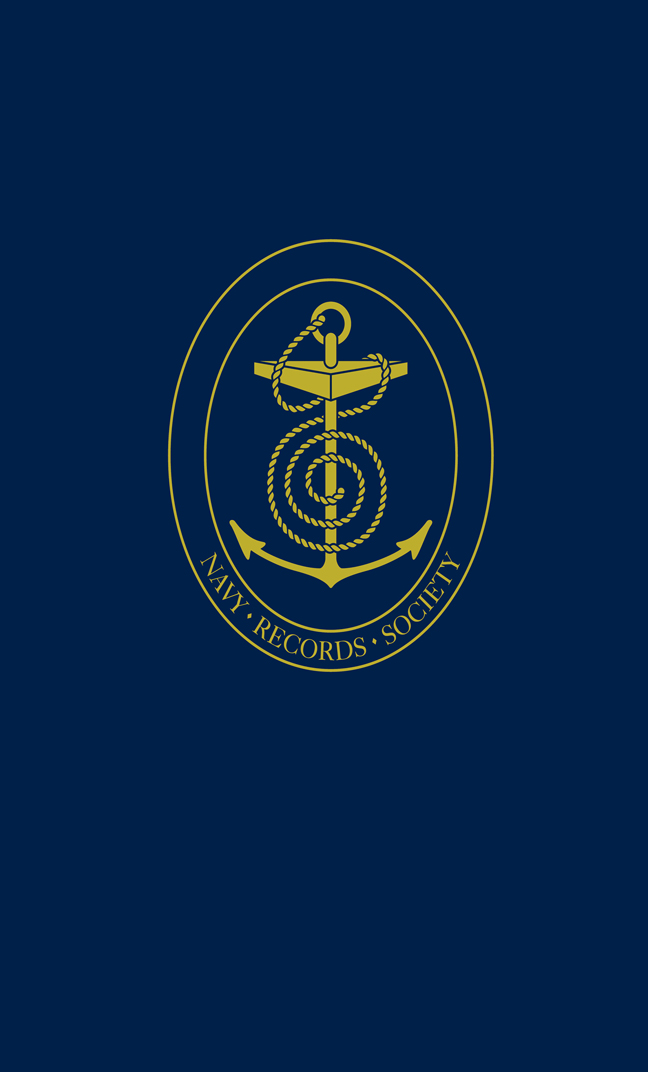Part II - The Anti-Submarine War
Published online by Cambridge University Press: 05 March 2024
Summary
The U-boats were defeated effectively before this volume begins, for on 24 May 1943, Dönitz, acknowledging the Allied victory, withdrew his U-boats from their main theatre in the Atlantic to re-configure their armament and electronic equipment and to reconsider their tactics and explore other seas where they might have more effect with sustainable losses. Dönitz himself best expressed the nature of the defeat:
Events in May 1943 had shown beyond dispute that the anti-submarine organization of the two great sea powers was more than a match for our U-boats. Months would have to elapse before the latter could be equipped with the improved weapons which were being developed and produced and the new boats with high underwater speed could not be expected till the end of 1944.
Allied success was due to a number of factors. By the spring of 1943, it is estimated that the Allies deployed over 2200 aircraft and more than 1000 vessels; thus the Atlantic was covered from shore to shore, the convoys assured of more or less continuous air cover (including escort carriers), while on the surface they were well protected by strong close escorts, which were strengthened by support or escort groups, which had the freedom to hunt submarines in the vicinity of the merchantmen [66, 76–8, 82, 83, 89, 93, 111, 114, 122]. Experiments were going on, meanwhile, with new detection systems, weapons and novel platforms such as helicopters. Tactics, organisation and training, shared information and experiences were now highly sophisticated. Captain F. J. Walker, RN, was a leading exponent of escort group anti-submarine warfare, while the American escort carrier groups were also extremely successful and it was noted that ‘The hunter/killer groups’ anti-submarine efficiency was high. Once contact was made it was rare for a U-boat to survive the attacks’ [73, 80, 89, 92, 98, 101, 102]. By this time, too, the escorting forces were well organised, each of the three Atlantic nations having a defined area of responsibility – the Canadians controlling the North-West Atlantic, the British the Eastern Atlantic, and the Americans the Caribbean, the Central Atlantic, their own Eastern Seaboard and the crucial oil traffic [114, 123, 124]. The Americans had instituted a 10th Fleet, under the direct command of the Chief of Naval Operations, Admiral King, and dedicated to anti-submarine warfare.
- Type
- Chapter
- Information
- Anglo-American-Canadian Naval Relations, 1943-1945 , pp. 101 - 172Publisher: Boydell & BrewerFirst published in: 2024

